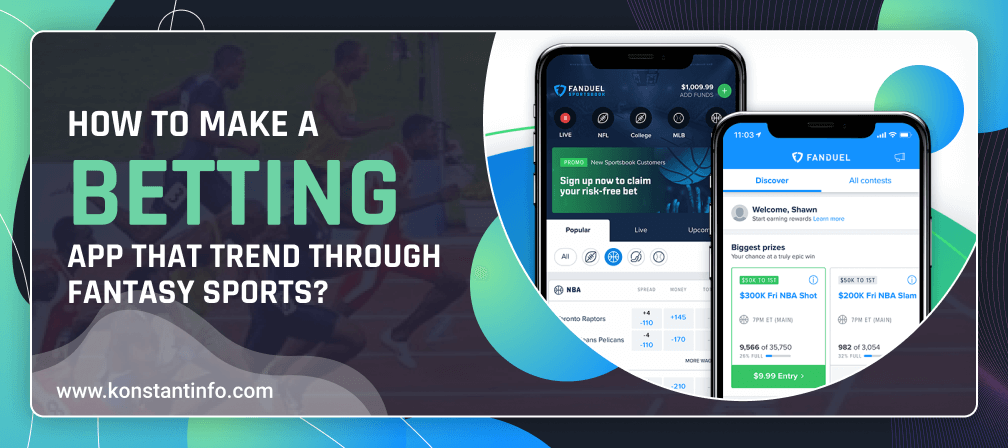How To Make Sports Betting Model

While most MLB models make projections based on how a team's been hitting as a whole, our offensive projections are based on each and every player included in that particular team's lineup for the day. This means our model waits for each lineup to be posted (usually within a few hours before first pitch), then analyzes it on a player-by-player basis. This method is to ensure the highest accuracy in predicting a team's performance.
How to build a Sports Betting Model The most common question I get asked from followers (and even friends) is 'how do you make a sports betting model?' This question isn't easy to answer, because the starting point for each individual varies. Some need to learn statistics first and others just need a few pointers. That said, I'm going to give a high-level overview of where I believe you should.
- The purpose of creating a sports betting model is simple – you want to beat the bookies and you want to estimate what the true odds should be. Instead of working all the numbers in the head, a model can do it for you. The key principle of sports betting is to find value. If you can spot odds that are not priced correctly, you can take.
- Specify the aim of your betting model. Our aim is to calculate the outcome of English Premier.
Sports Betting Model

Sports Betting How To Guide
The pitching/hitting evaluation component of the model uses advanced MLB metrics that go way over the casual baseball fan's head. Exit velocity, batted ball profiles, splits, plate discipline metrics, park factors, performance with or against certain pitches/velocities (combined with pitch usage rates), BABIP, FIP/xFIP, SIERA, and wRC+ are among the many metrics incorporated in the model. The challenge of MLB is analyzing advanced data to determine which players have been lucky and unlucky in relation to their actual performance. This is something that public/square bettors are very poor at figuring out, leaving a lot of value on the table in the betting market. Much like a player projection system, our model identifies a 'true' performance level for players and projects games accordingly.